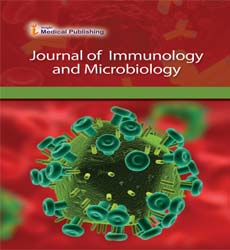Ways of making and effective and safe vaccines against SARS-CoV-2
Abstract
Severe acute respiratory syndrome (SARS) is an emerging infectious disease caused by the SARS–associated coronavirus (SARS-CoV). Severe Acute Respiratory Syndrome Coronavirus 2 (SARS-CoV-2) is another new type of coronavirus that causes Coronavirus Disease 2019 (COVID-19), the most challenging pandemic in this century. SARS-CoV-2, which is genetically similar to SARS-CoV and Middle East respiratory syndrome coronavirus (MERS-CoV), is an enveloped, single and positive-stranded RNA virus. Considering its high mortality and rapid spread, an effective vaccine is urgently needed to control this pandemic. Several vaccines, such as inactivated, attenuated, nucleic acid-based, and vector vaccines, have already demonstrated their prophylactic efficacy against MERS-CoV and SARSCoV so that these candidates could be used as a potential tool for the development of a safe and effective vaccine against SARS-CoV-2. The inactivated SARSCoV vaccine may be the first available for clinical use because it is easy to generate; however, safety is the primary concern. SARS-CoV's spike (S) protein is the primary inducer of neutralizing antibodies, and the receptor-binding domain (RBD) in the S1 subunit of S protein contains multiple conformational neutralizing epitopes. This conclusion means that recombinant proteins with RBD and vectors with the RBD sequence can be used to make safe and effective vaccines for SARS-CoV-2.
Open Access Journals
- Aquaculture & Veterinary Science
- Chemistry & Chemical Sciences
- Clinical Sciences
- Engineering
- General Science
- Genetics & Molecular Biology
- Health Care & Nursing
- Immunology & Microbiology
- Materials Science
- Mathematics & Physics
- Medical Sciences
- Neurology & Psychiatry
- Oncology & Cancer Science
- Pharmaceutical Sciences
